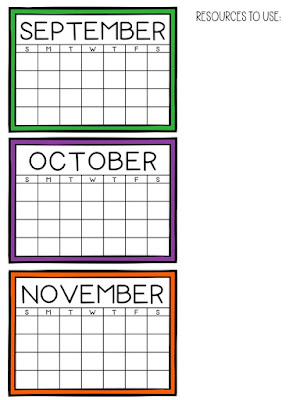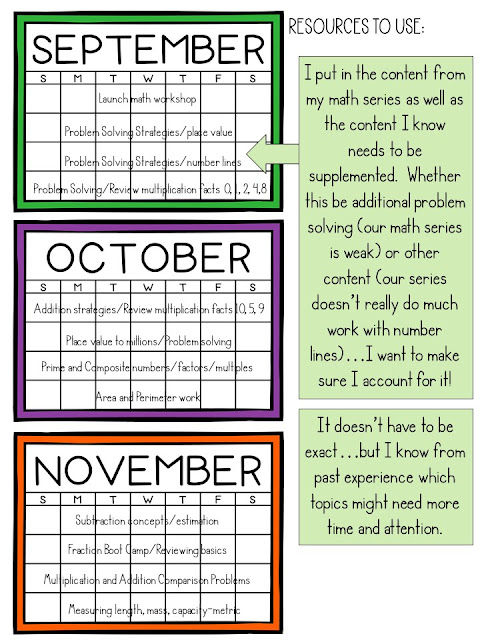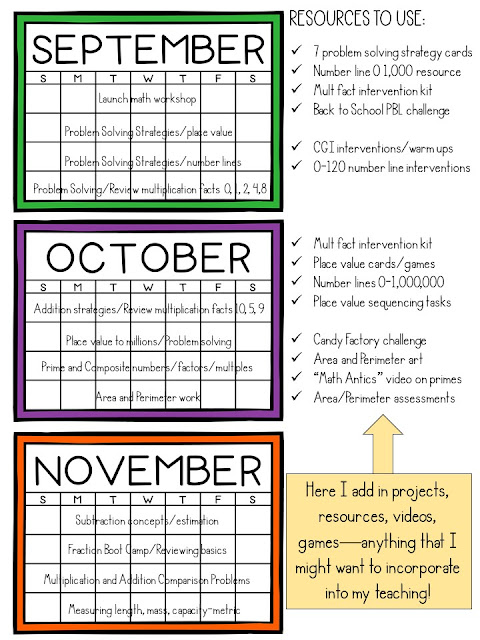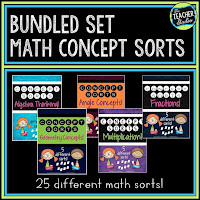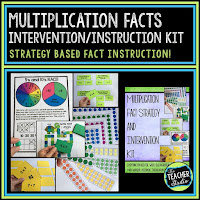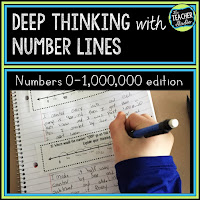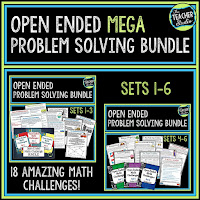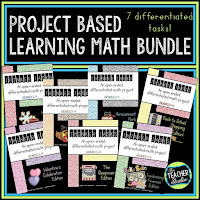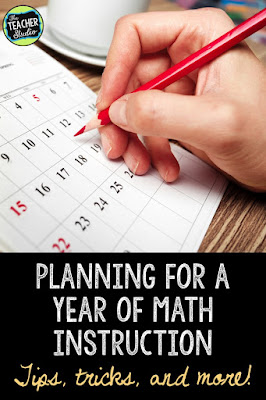



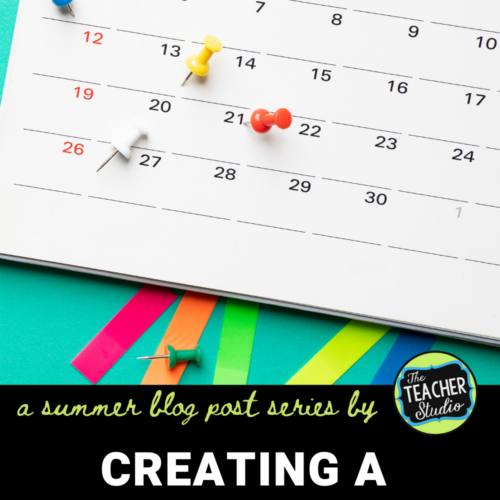
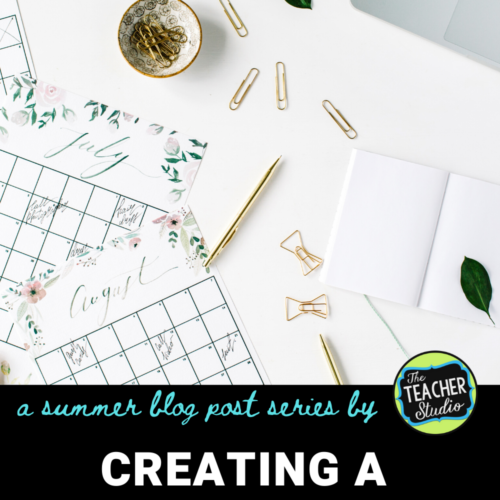
Today’s CHALLENGE is for you to find a way to do the same! I’ll talk to you a bit about what I do–and then you are going to head off and find a way to do this for your year of math. If this doesn’t fit your needs–no worry! Come back in a few days for the NEXT challenge.
Creating a Yearly Math Curriculum Plan
First of all, it is important to consider a few things when crafting your yearly plan.
1. What are your school/district/state/national standards that you are responsible for teaching?
2. What key resources are you expected to use or follow–if any?
3. How is your year organized? Quarters? Trimesters? Semesters?
4. Do you have any “obstructions” to consider–testing weeks, grading windows, and so on.
So the first thing I do is get myself a calendar! I like to see a few months at a time, so I use a sheet that looks something like this:
This allows me to see nice chunks of the year–and by using only the left side of the page, I have room to write on the right side. (NOTE: Want a copy of this blank calendar? No problem…just see the link later in the post and grab it for free!)
Why plan?
- Planning helps ensure that you don’t fall behind in “real life” when you first lay it out on paper.
- It helps you look at things more holistically to help you make decisions about what to teach, when to teach it, and how to adapt as you see fit.
- Creating a pacing guide can help you think about what you will do for interventions. For example, I start right away with some problem solving so I can see where my needs are and I can immediately make some intervention groups.
- Noting what is being taught at certain “peak” times (ex. before winter break!) can help you make decisions about teaching strategies to keep students engaged!
So I have my content sketched out…now what?
For example, I love my math concept sorts and I have 25 of them! They range in topic from algebra thinking to fractions to geometry to multiplication to angles…and I want to make sure that I consider them when I do my unit planning. The same is true for my Project Based Learning activities and my open-ended challenges…I want to make sure I remember WHEN I want to use them so I’m not scrambling during the unit. For example, some of the challenges deal more with multi-step problems. Others address area and perimeter challenges. Still others deal with measurement concepts…so I want to be mindful of when I plan them.By adding those to my yearly calendar, I can keep all sorts of ideas from different places together! As I come across other ideas, I can simply add them in…new games. Math projects. Videos. You get the picture.
If my calendar idea doesn’t work for you–get creative!
- Use one sheet for each chapter/unit/topic and put ideas and resources on sticky notes.
- Use chart paper to make a content “web” where you can track all sorts of things–from vocabulary you want to teach to learning targets to resources!
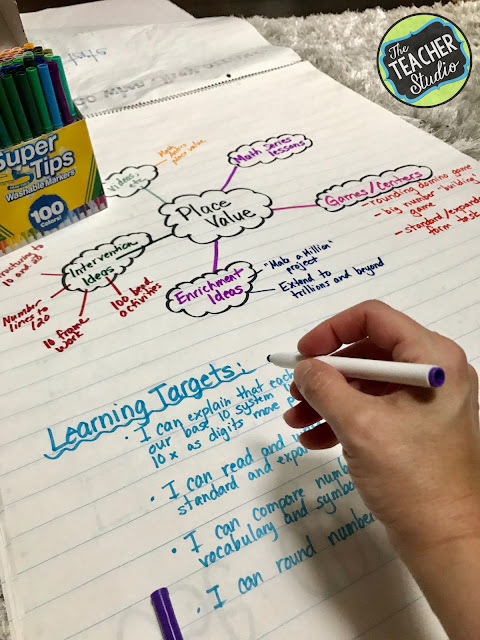
- Are you pretty tied to a math series? What can you insert as part of your manual to help you add in meaningful activities? Sticky notes? A sheet that you put at the beginning of each chapter?
- Do you work with a team? Consider a shared document (like a Google doc) where you can all contribute ideas, links you find, and so on.
Click HERE for Challenge 2 (math talk and mindset)
Or HERE for Challenge 3 (word problems and problem solving)
Click HERE for Challenge 4 (math organization)
Or HERE for Challenge 5 (math assessment)
Click HERE for Challenge 6 (meaningful problem solving)


